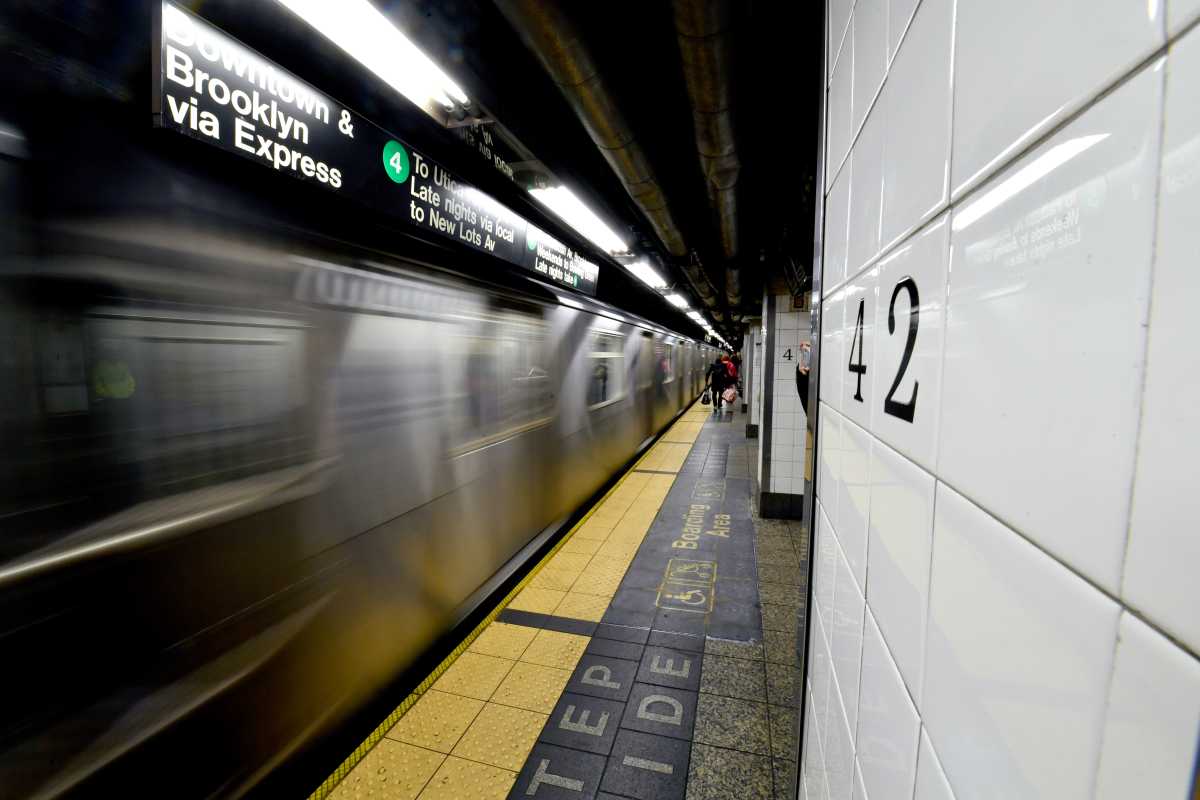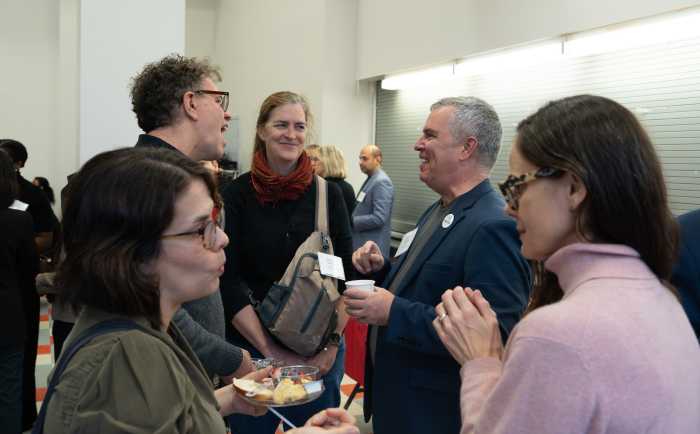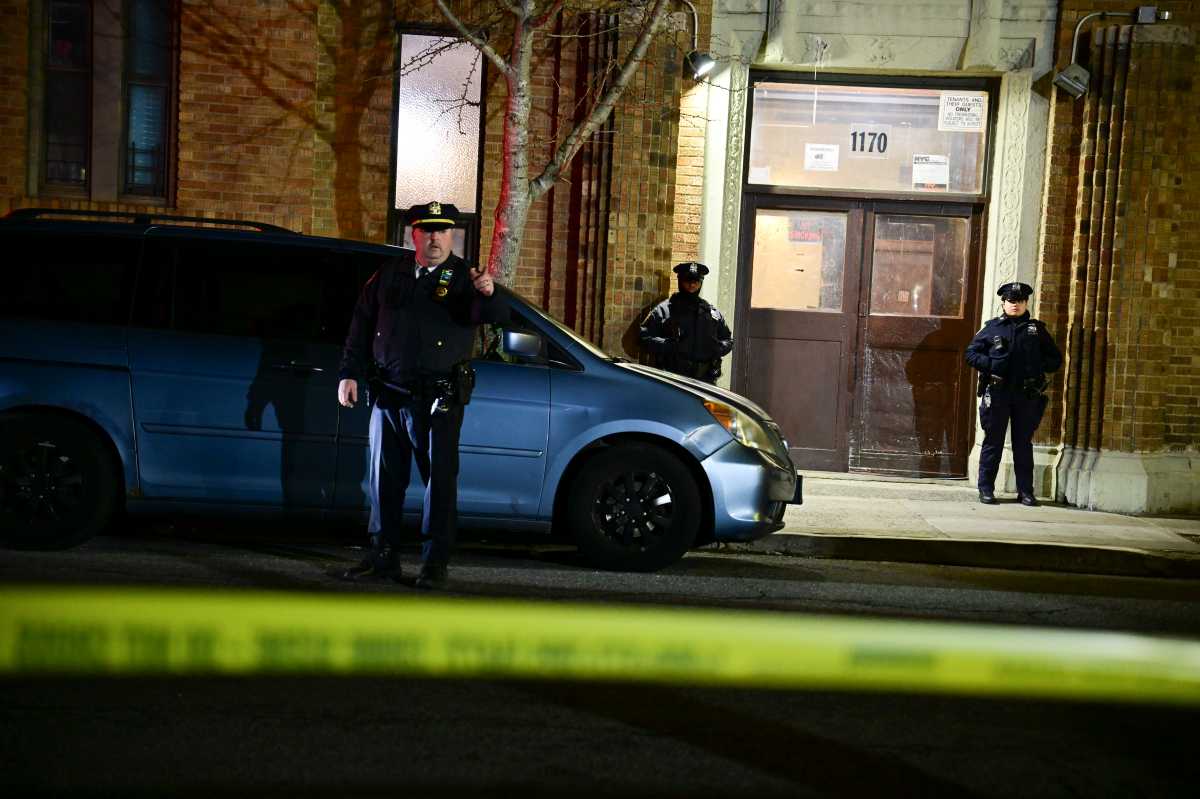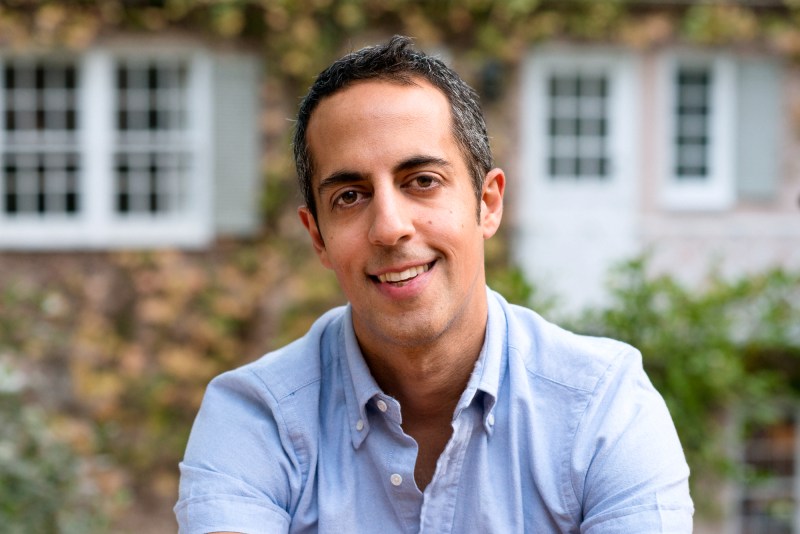By Joe Anuta
The most high-profile development projects in the borough are happening in one of the most unlikely of places: Flushing Meadows Corona Park.
The Bloomberg administration via its quasi-public agency — the city Economic Development Corp. — is shepherding three projects through the land-review process that occupy portions of Flushing Meadows.
The United States Tennis Association is attempting to expand the lease of its Billie Jean King National Tennis Center by 0.68 acres to accommodate renovations, including a new stadium, refurbished courts and increased retail capacity.
Related Cos., a Manhattan development firm, and Sterling Equities, the real estate arm of the New York Mets, are hoping to carry part of the Willets Point redevelopment plan passed in 2008 by the City Council. The Iron Triangle itself is not part of Flushing Meadows, but the development partners have proposed an addendum to the project: a 1.4-million-square-foot mall on parkland currently leased to the Mets. That land currently exists as a Citi Field parking lot.
Finally, Major League Soccer and the city have been quietly hashing out an agreement to site a 25,000-seat stadium within Flushing Meadows. But in a surprise move, the owners of a new franchise announced they are exploring other locations throughout the city, even though MLS would prefer to be in Queens.
Several civic groups have expressed concern about the combined impact the three developments will have on the borough’s already-clogged transit infrastructure.
Critics point to existing bumper-to-bumper traffic on the Van Wyck Expressway, a key artery to the park, and the unlikely scenario the city can reduce traffic tie-ups outside the immediate area of the developments, though many traffic flow improvements are in the works at intersections around the park.
But two of the projects — the Willets Point development and the USTA expansion — have already completed extensive studies about the impact of their projects. Both projects used the same consultant, AKRF, and came to the same conclusion that even with all three projects built at the same time there would not be a catastrophic effect on traffic in Queens.
At the outset, only MLS had proposed to replace any of the greenspace taken up by its soccer stadium project.
Because much of Flushing Meadows is under federal regulations that require parkland replacement, MLS would be required to locate replacement greenspace roughly equivalent to the amount it might take up.
Mayor Michael Bloomberg recently suggested at a news conference that the league would pump money into the site of Flushing Airport in College Point, which would be roughly equivalent in size but much less accessible by public transportation. This was before the new franchise widened the portfolio of possible real estate sites.
The USTA and the city Parks Department recently responded to public insistence that parkland be replaced. They performed a land swap on paper — transferring a portion of Flushing Meadows within the USTA’s current lease back to the city — but park users would never have noticed since access to and use of the 1.5 acres will remain the same.
The proposed 32-acre Willets Point mall is on land the city maintains was already leased away to the Mets in 1961 via a state law. The legislation is still on the books, and the city Law Department maintains it gives Sterling and Related the right to build the mall via a sublease. This means no parkland has to be replaced and no public review process is necessary — a position that has generated much controversy in the community.
The developers still have to navigate the city’s review process, however, because they need to transfer parking from the proposed mall’s footprint to the Willets Point redevelopment plan.



































